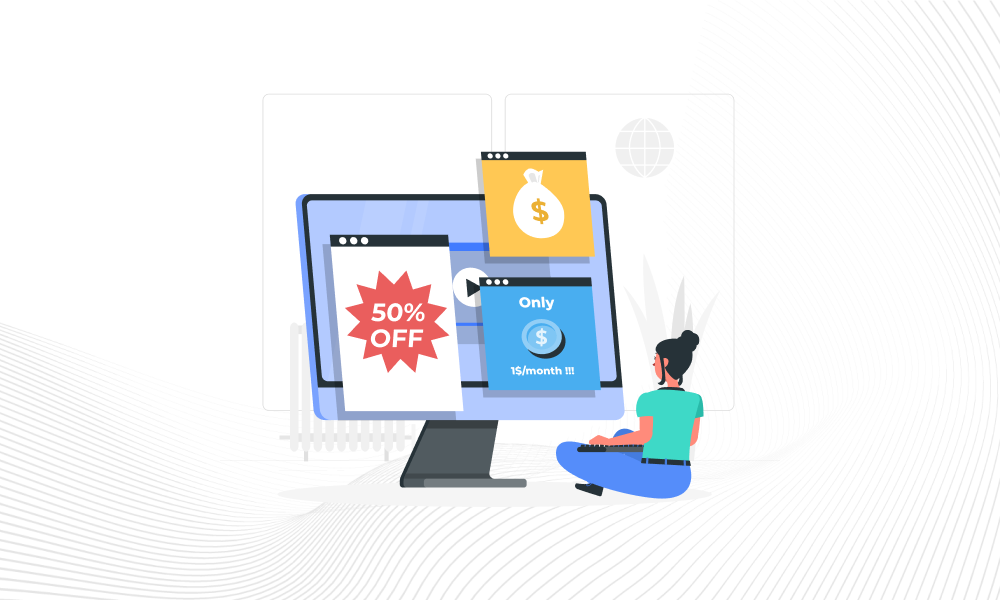
In the world of e-commerce and retail, personalized product recommendations have become an essential tool. So businesses aims to enhance the customer experience and boost sales. Let’s explore what they are, why they matter, and how they are implemented.
I. What are Personalized Product Recommendations?
- Definition:
- Personalized product recommendations are suggestions of products or services. They are tailored to individual customers based on their unique preferences, behavior, and characteristics. For example, an online bookstore might recommend books to a customer according to the genres they’ve previously purchased or shown interest in.
- It uses data such as purchase history, browsing behavior, search queries, and demographic information. So to understand what a customer is likely to want or need.
II. Why are Personalized Product Recommendations Important?
- Decrease Shopping Cart Abandonment Rate:
- Understanding Intent: When customers add items to the cart but don’t complete the purchase, personalized recommendations can remind them of other related products they might also like. For instance, if a customer has a dress in the cart, suggesting matching shoes or accessories can make the purchase more appealing and encourage them to complete the transaction.
- Adding Value: By showing relevant items, it gives customers more reasons to go through with the purchase, reducing the likelihood that they’ll abandon the cart.
- Increase Average Order Value:
- Upselling: Recommendations can include higher-end or premium versions of the products customers are considering. For example, if a customer is looking at a basic laptop, suggesting a model with more advanced features and a slightly higher price can lead to a higher value purchase.
- Cross-selling: Offering complementary products increases the total amount spent. If a customer buys a camera, recommending memory cards, camera bags, and lenses can boost the overall order value.

- Increase Session Time:
- Engaging Content: When customers see personalized suggestions that match their interests, they are more likely to stay on the website or app longer, exploring the recommended items. For instance, an online music store that recommends new albums based on a customer’s favorite artists can keep them browsing and listening to samples.
- Discoverability: It helps customers discover new products they might not have found on their own, extending their time on the platform and increasing the chances of additional purchases.
- Stand Out Among Competitors:
- Unique Experience: Providing personalized recommendations sets a business apart from competitors that offer only generic product lists. Customers appreciate when a brand understands their tastes and makes shopping easier and more enjoyable.
- Building Loyalty: By consistently offering relevant suggestions, customers are more likely to return to the store for future purchases, choosing it over competitors because of the personalized service they receive.
III. How are Personalized Product Recommendations Implemented?
- Data Collection:
- Purchase History: Analyze what customers have bought in the past to identify patterns and preferences. A clothing retailer can see if a customer prefers casual or formal wear and recommend similar styles.
- Browsing Behavior: Track which pages customers visit, how long they stay, and what they click on. An e-commerce site can use this information to recommend products related to the ones they’ve been looking at.
- Analytics and Algorithms:
- Machine Learning: Use machine learning algorithms to analyze the collected data and make predictions about what products a customer will like. These algorithms can continuously learn and improve over time based on customer responses.
- Segmentation: Divide customers into different groups based on shared characteristics or behaviors. Then, create targeted recommendations for each segment. For example, group customers by age range and recommend age-appropriate products.
- Delivery of Recommendations:
- On-site Suggestions: Display recommended products on the website, such as on the homepage, product pages, or in a dedicated “Recommended for You” section.
- Email and Push Notifications: Send personalized emails or push notifications to customers with product suggestions. For example, send an email with new arrivals that match a customer’s interests.

In conclusion, personalized product recommendations are a powerful marketing tool that benefits both businesses and customers. By understanding customer needs and preferences, companies can use these recommendations to drive sales, improve the customer experience, and gain a competitive edge in the marketplace.



